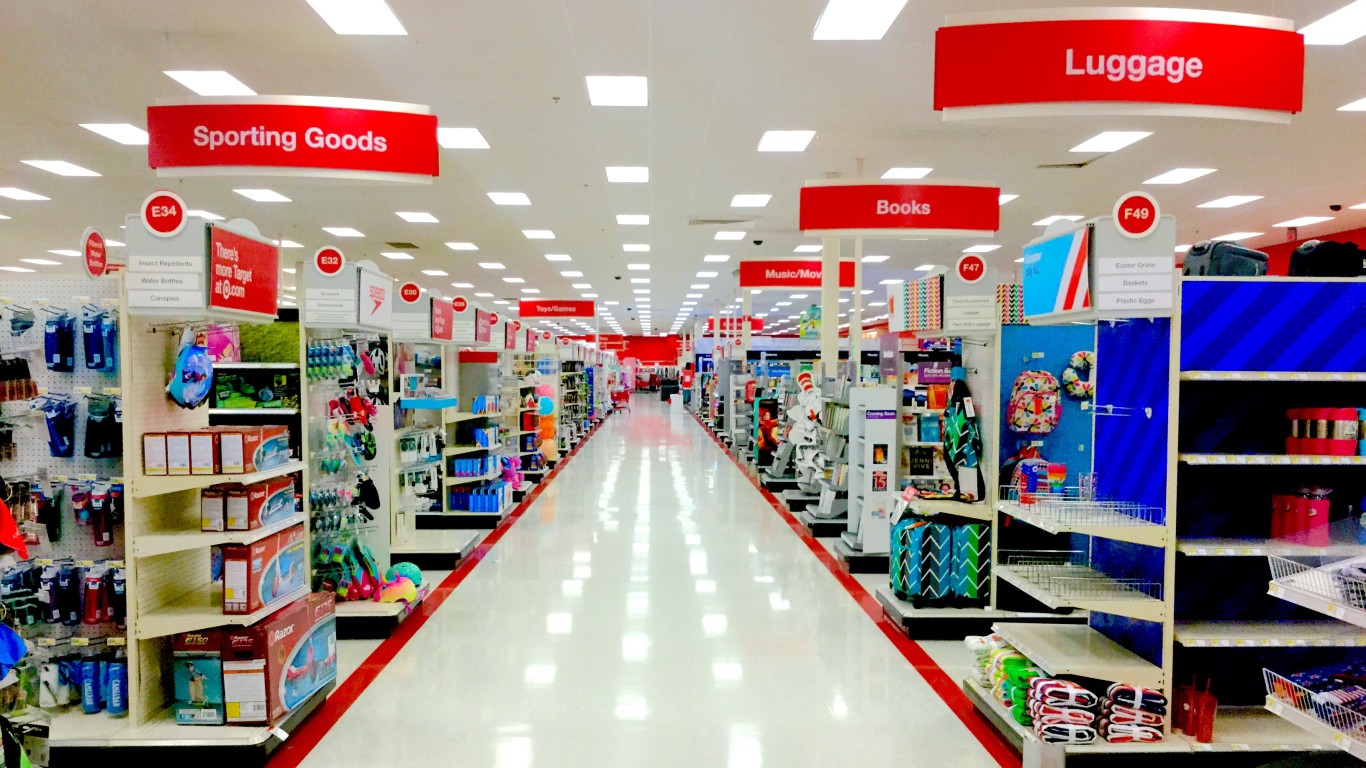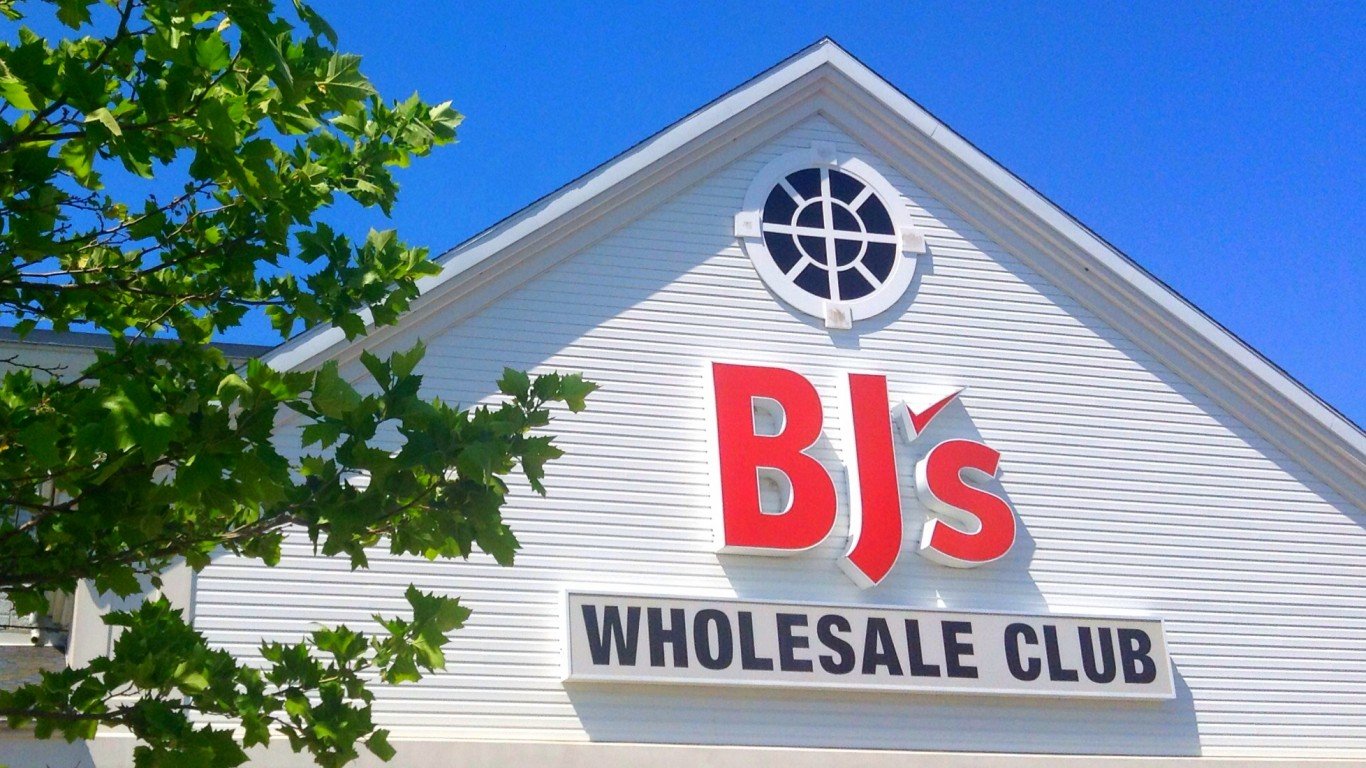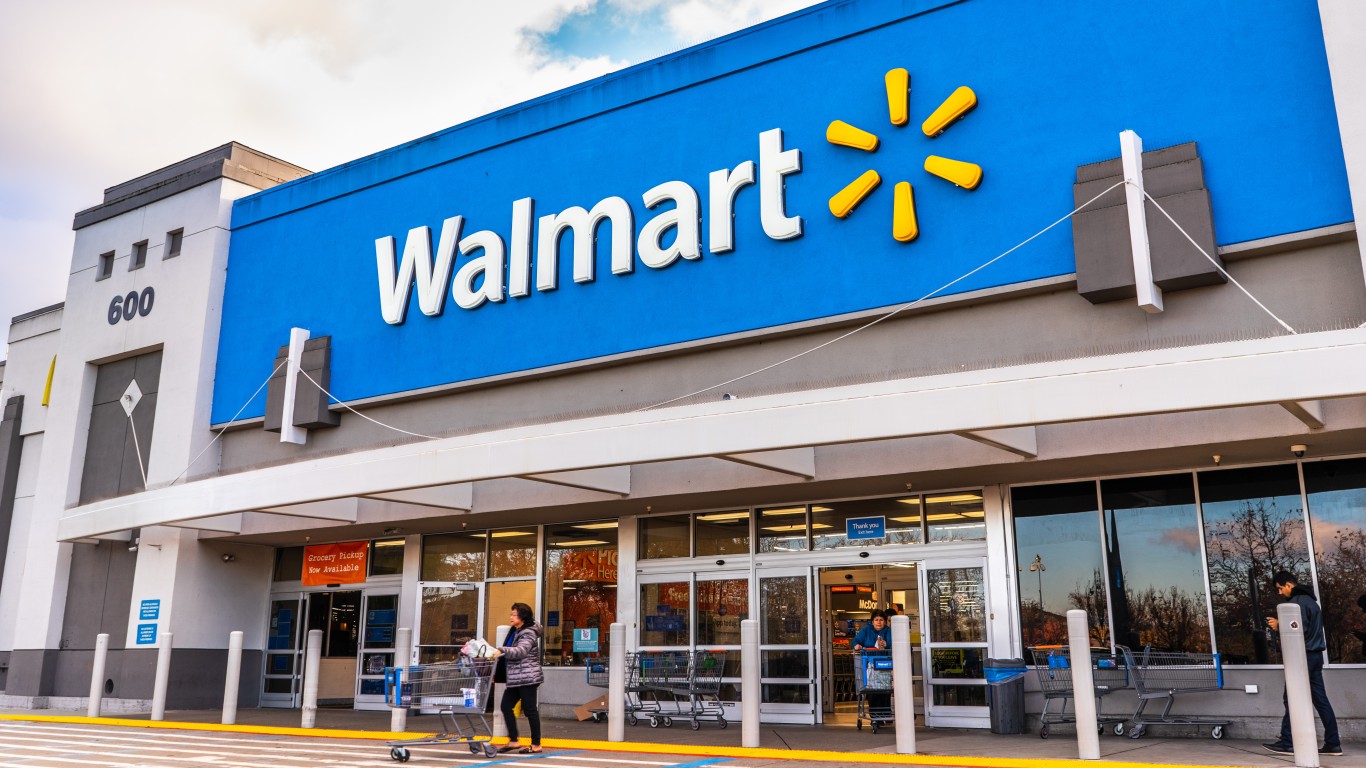

So, you’ve decided to stop shopping at Walmart (NYSE: WMT). Whatever your reason for doing so, you’re not alone. There has been a growing movement to stop shopping at this American institution for a variety of reasons. But if you’re looking for alternatives to the wide variety, low prices, or general selection of products there are other stores you can patronize.
Walmart operates local grocery stores, their regular large superstores, and the relatively new style of store known as hypermarkets. Hypermarkets are typical of big-box, low-price, high-volume stores that strive to offer everything that shoppers need to complete their shopping in one location. This includes food, gasoline, home goods, garden products, restaurants, clothing, and more.
For this list, we will compare stores, not just other hypermarkets, that offer similar product selections as Walmart. You can definitely find better quality products or cheaper products by visiting different stores, but all of them will be focused on produce, technology, or home décor. For one-stop shopping, Walmart is the king, so we want to compare only similar, alternative, and affordable options.
#10 Amazon
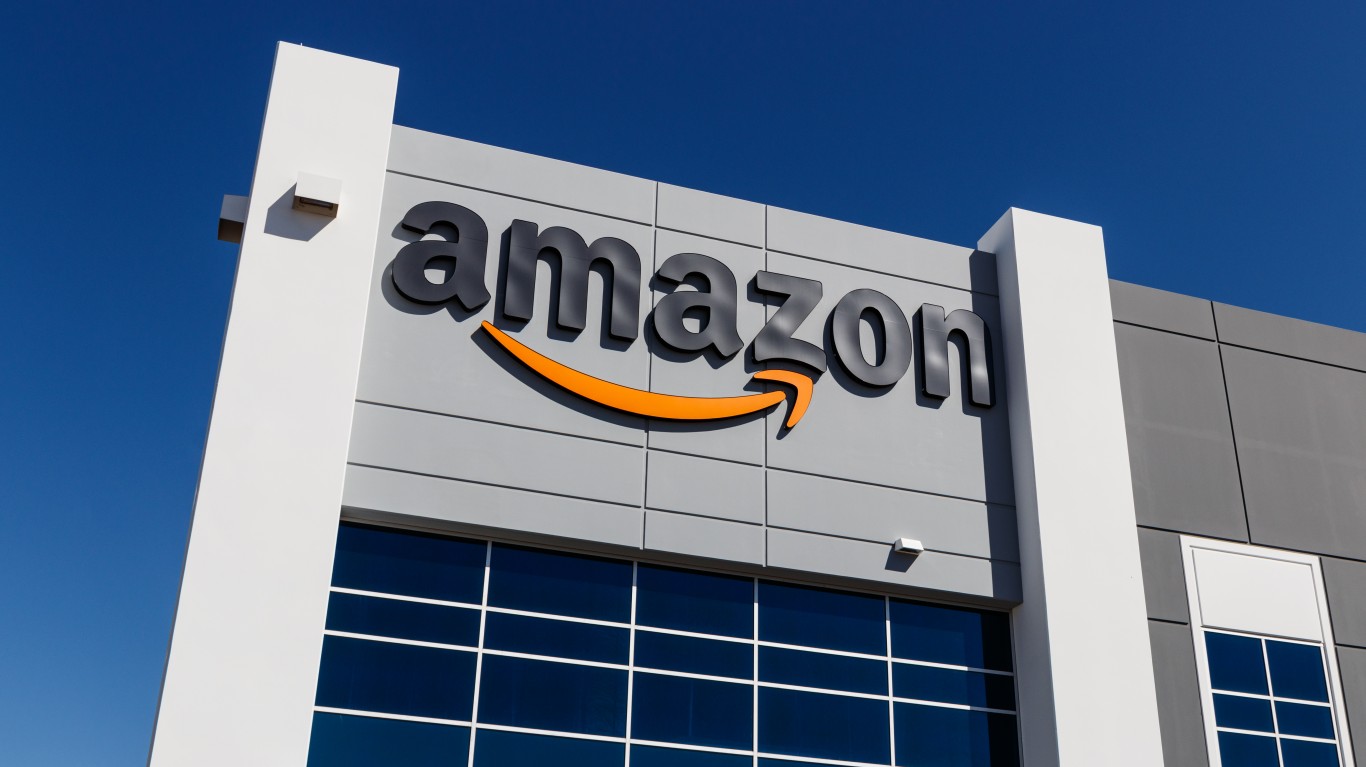
- Revenue: $513.98 billion
With the introduction of free delivery, groceries, and other home necessities, Amazon (NYSE: AMZN) is quickly replacing many stores that once dominated the industry. While other stores try to adapt with free home delivery or pickup options, Amazon remains the champion. By producing, shipping, and packing all their own products, Amazon is able to cut significant costs from its operations, leading to significantly lower prices than the competition.
By offering a subscription service that makes every part of the shopping experience easier and cheaper, Amazon carved out a significant market for itself with Amazon Prime. Not only do you get free two-day shipping, but you can access their streaming services and other shopping perks. Walmart has started to offer its own benefits with Walmart+, like partnering with Paramount+ and giving members early access to shopping deals.
In 2020, Amazon processed 40% of all e-commerce sales in the entire United States and had over two million sellers. Chances are, if you’re looking for something, you’ll find it on Amazon.
#9 Aldi
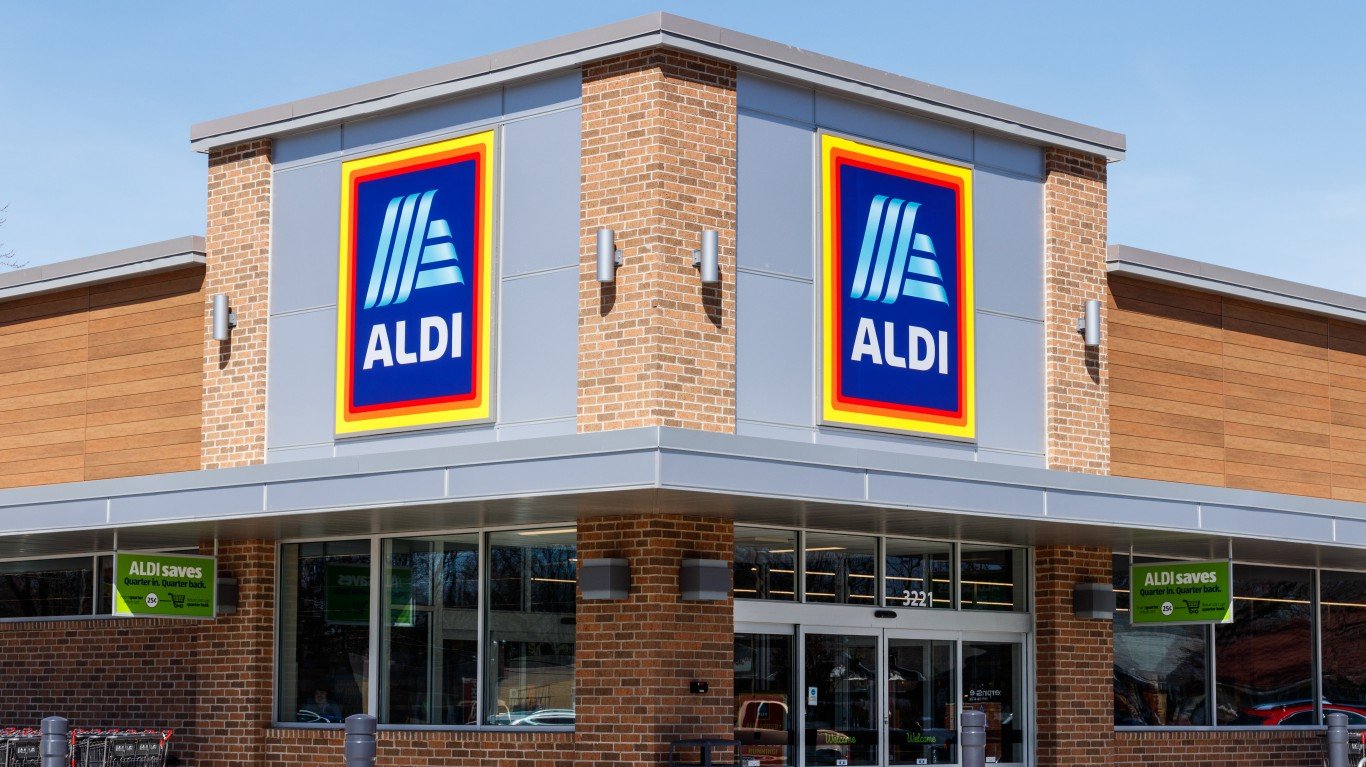
- Revenue: $83 billion (Aldi Süd)
Aldi is actually the common name for two different German retail companies, Aldi Nord and Aldi Süd. They were originally one company, but two sons of the original founder split the company over differing opinions on how to run it. In the United States, the Aldi stores you see are owned and operated by Aldi Süd, while Aldi Nord owns and operates Trader Joes stores.
Aldi stores sell discounted groceries, home goods, and other products, often at greatly discounted prices and with a limited selection. They keep their staff limited and do not play music in their stores, keeping shopping simple and straightforward. In the United States particularly, they are most known for needing to insert a quarter to use a shopping cart. This reduces the clutter of shopping carts in parking lots often found at Walmart, reduces the staff needed to collect the carts, and keeps prices low. If you want a limited selection with very low prices, Aldi is going to be the store for you.
#8 Target
- Revenue: $109.1 billion
Target (NYSE: TGT) is probably the most similar to Walmart in offering and store experience in the United States. It is among the largest global retailers with over 1,800 stores in North America alone. By offering higher-quality products and a more enjoyable shopping experience, Target has grown faster than Walmart in the last few years, growing by 20% compared to Walmart’s 9%. Most of its sales are spread equally between beauty care, apparel, home furniture, and food and drink.
Target is a bit more expensive than Walmart and is typically viewed as the more upscale version of Walmart. It partners with famous stylists and home decorators to offer a tailored collection of products.
#7 Tesco

- Revenue: $77 billion
Tesco (LSE: TSCO) is a British retail chain that used to have stores in the United States, but now primarily operates in Europe, India, and Pakistan. It was the third-largest store in the world by revenue and remains the largest grocer in the United Kingdom. It competes directly with Walmart in the high-volume and low-cost market with stores that offer a wide variety of products and a large selection within product types.
Tesco has a strong presence in online shopping and even launched its own film studio and line of tablet computers.
#6 Carrefour
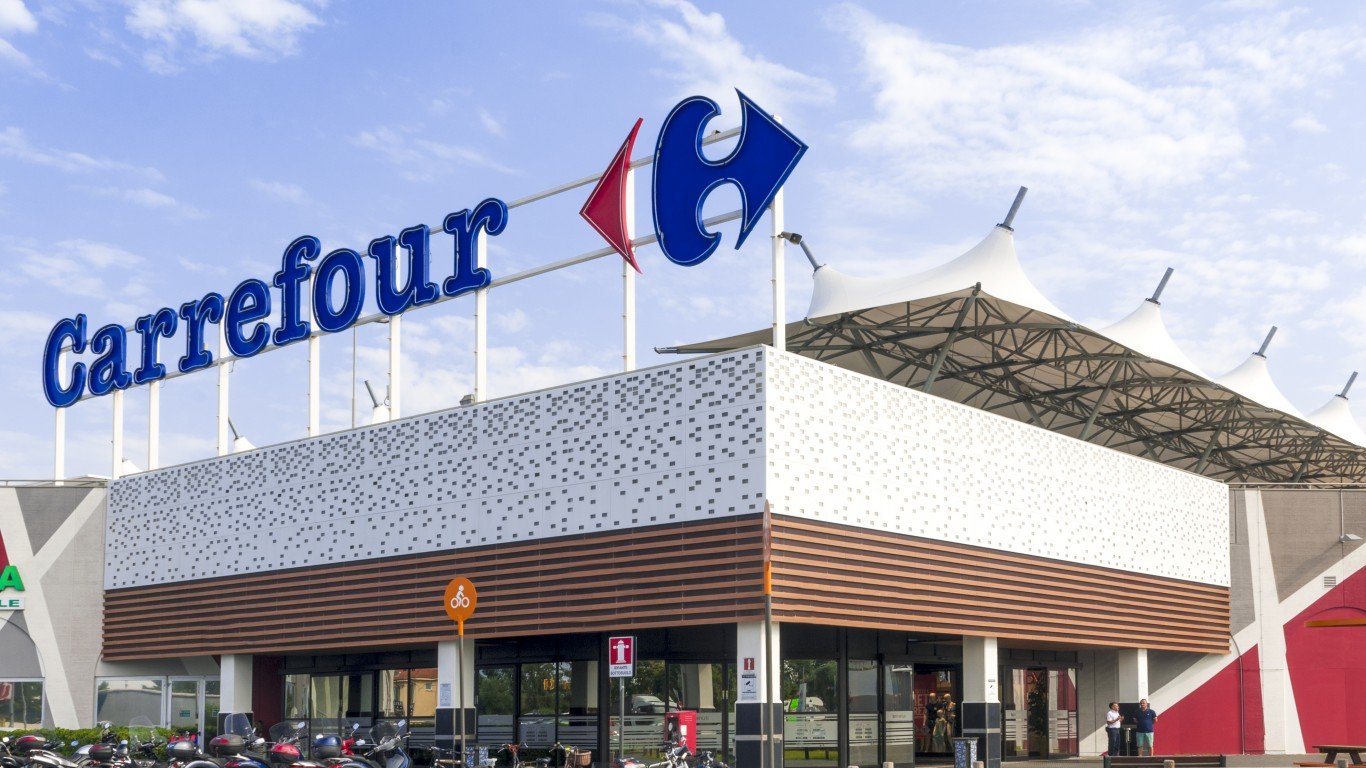
- Revenue: $8.8 billion
Carrefour is a France-based retailer and the eighth-largest retail store company in the world. It operates in over 30 countries with more than 13,894 locations. They were the first European company to open a hypermarket. Their largest market outside of France is in Brazil with 605 stores as of 2021. Carrefour owns and operates its own telephone mobile service in Europe and South America.
Carrefour has succeeded in countries where American companies like Walmart have failed because they operate with more worker-friendly systems and protocols that Europeans more readily support. American retailers often run afoul of worker protections outside the United States and prefer to cut costs, including worker pay, in order to keep prices low, whereas Carrefour is more willing to pay workers a respectable and livable wage.
#5 BJ’s Wholesale Club
- Revenue: $19 billion
BJ’s (NYSE: BJ) is a US-based membership-only warehouse retailer. It operates in 17 states, primarily in the Eastern United States where it competes directly with Costco and Sam’s Club. Like those other members-only stores, it offers many member perks like car rentals, gas stations, an in-store optometrist, propane stations, and other services and products.
#4 Costco
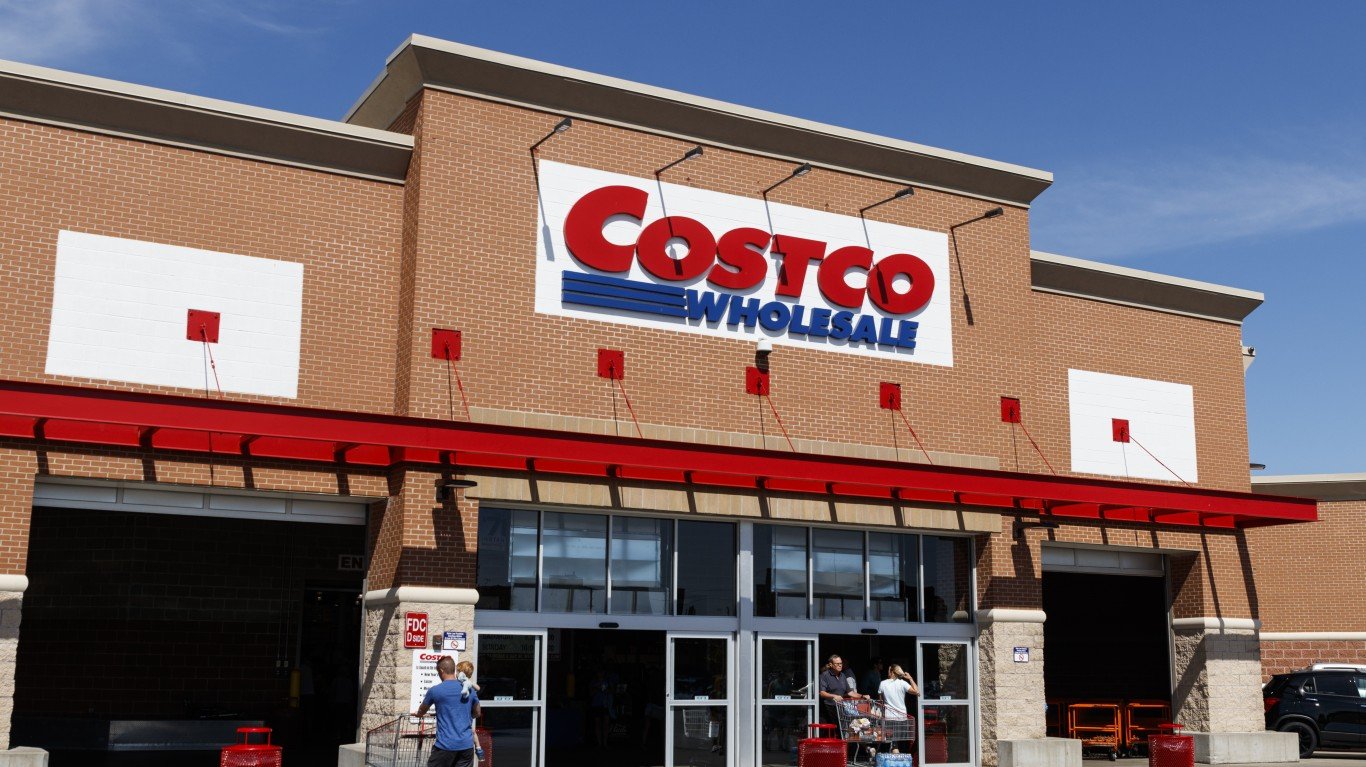
- Revenue: $242.3 billion
Another members-only wholesale store, and the third-largest retailer in the world. Costco (NASDAQ: COST) is the world’s largest retailer of prime beef, organic foods, wine, and rotisserie chicken. By total revenue, Costco is ranked 11th of all US companies. It was the first company to grow from nothing to over $3 billion in sales within six years, and as of 2023, it has over 124 million members.
Its house label, Kirkland Signature, has become an iconic name among value and bulk shoppers. It has received wide renown and praise for refusing to increase the price of its famous rotisserie chickens and their ¼ pound hotdogs.
#3 Sam’s Club
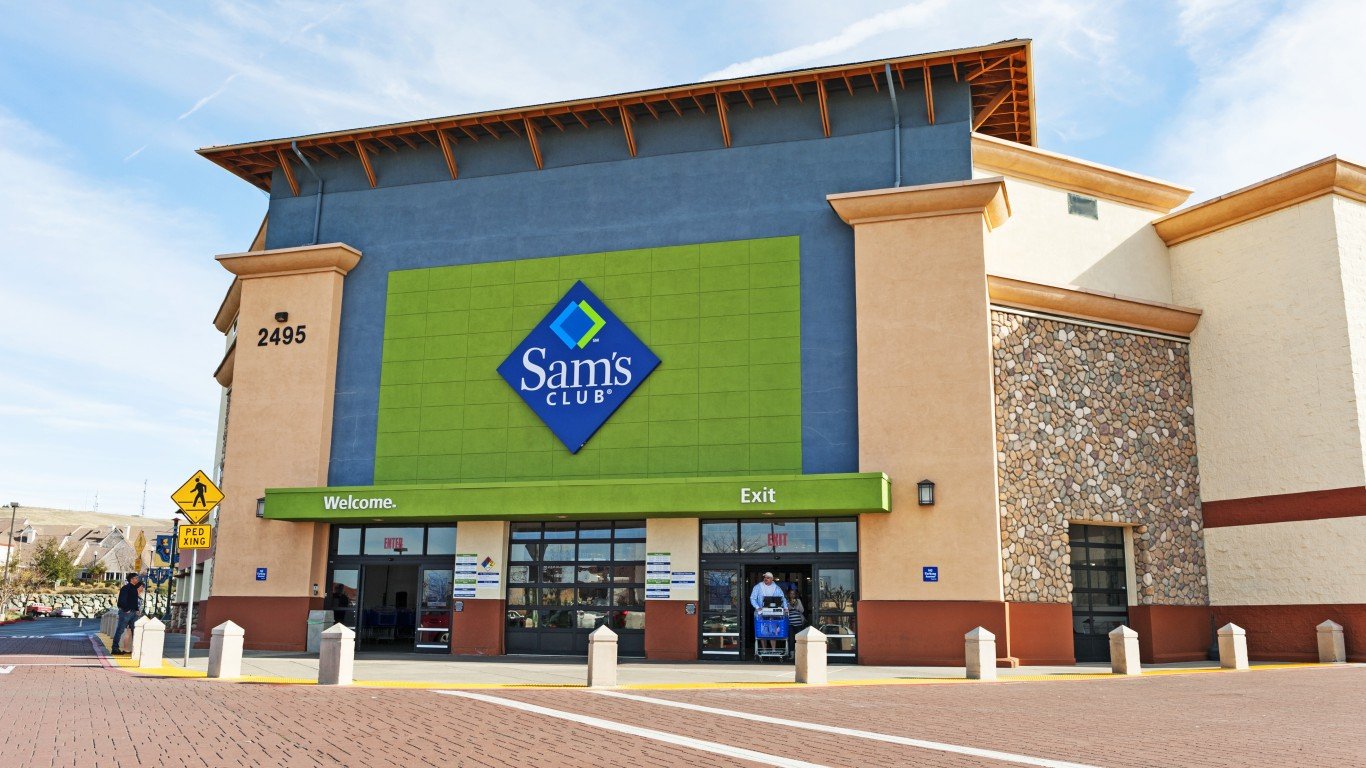
- Revenue: $58 billion
Depending on how you classify Walmart, Sam’s Club might be an alternative or just Walmart by another name since Walmart owns and operates Sam’s Club stores. Named after the founder of Walmart, Sam’s Club is the second largest warehouse club in the world, just behind Costco. In an attempt to compete more with Amazon in online shopping, Sam’s Club has begun to transition some of its locations into e-commerce fulfillment and shipping centers. It does not compete directly with Walmart since it carries its own private-label products and offers bulk selections similar to other members-only retailers.
#2 Kmart
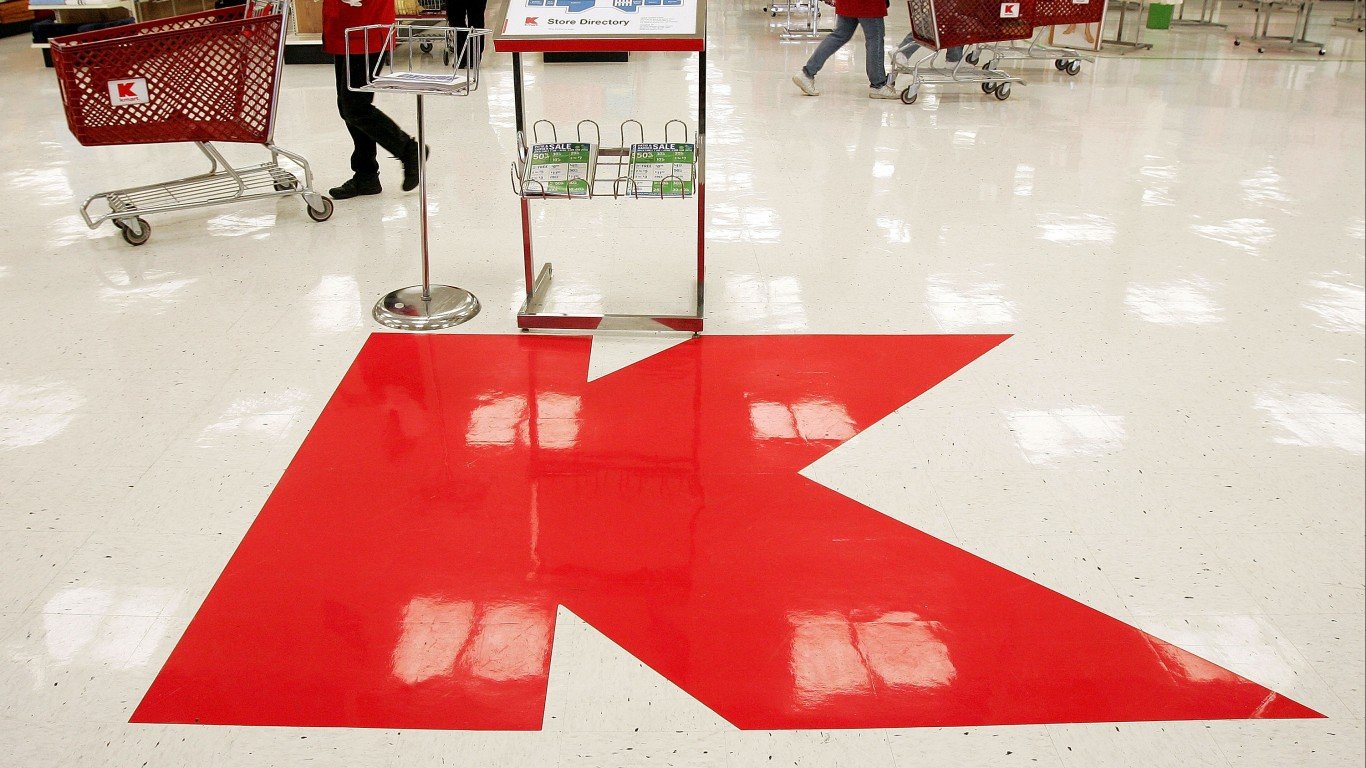
- Revenue: $25 billion (2015)
At its peak, Kmart, owned and operated 2,486 stores around the world. Today, they have only eight locations, with just two in the United States. Kmart has struggled to survive as a company, going through two bankruptcies, several lawsuits, failing business ventures, and competition with Walmart and online shopping. It is now owned by Sears which maintains the few remaining stores that offer a similar selection of products to Walmart. If you happen to live in the area of a Kmart store, it might be worth taking a peek inside.
#1 Lidl

- Revenue: $125 billion
Lidl is a multinational discount retailer based in Germany with over 12,000 stores worldwide. While it primarily competes directly with Aldi, it also offers similar product selection and competitive prices to Walmart in areas where Walmart operates. Much like Aldi, Lidle’s approach to retail includes zero-waste and no-frills practices. It operates 177 stores in the United States. It has launched many public services and ventures where it operates, including coupons for customers to get free pads or tampons each month in order to combat period poverty
Sponsored: Want to Retire Early? Here’s a Great First Step
Want retirement to come a few years earlier than you’d planned? Or are you ready to retire now, but want an extra set of eyes on your finances?
Now you can speak with up to 3 financial experts in your area for FREE. By simply clicking here you can begin to match with financial professionals who can help you build your plan to retire early. And the best part? The first conversation with them is free.
Click here to match with up to 3 financial pros who would be excited to help you make financial decisions.
Thank you for reading! Have some feedback for us?
Contact the 24/7 Wall St. editorial team.
